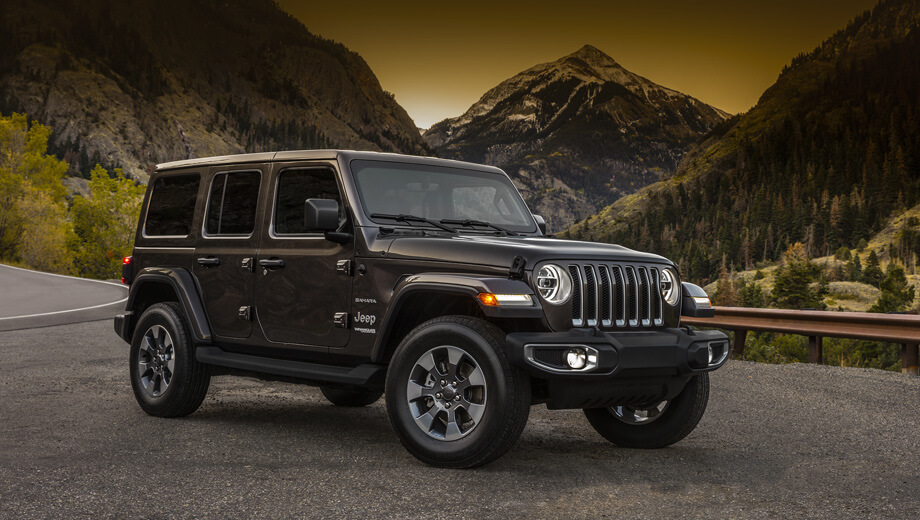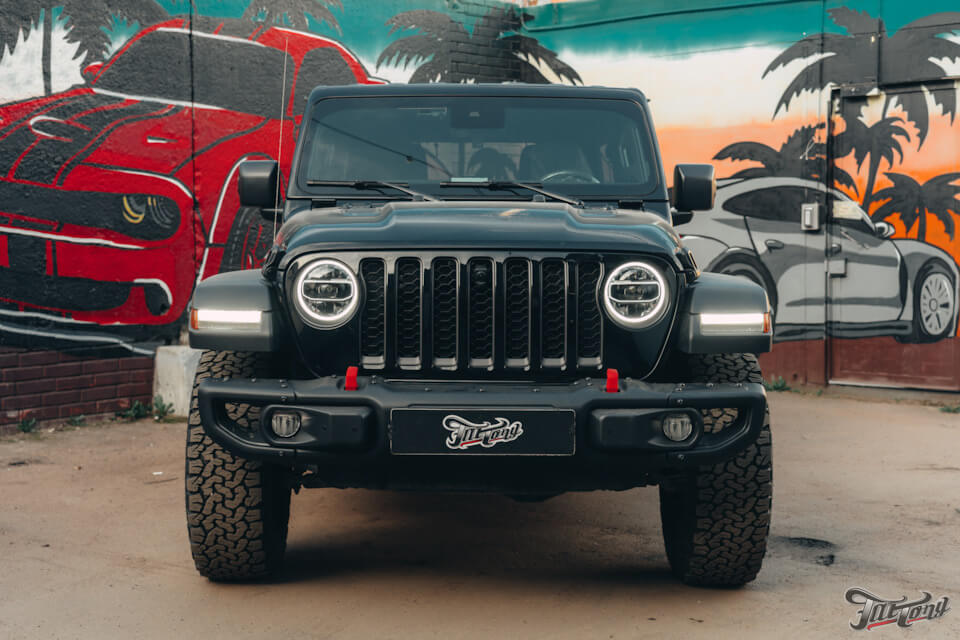Emotional Marketing and Legendary Jeeps: How Round Headlights Saved the Wrangler
We’ve previously discussed the importance of emotional branding and the connection between memories and purchases, and received great feedback from you. Today, in continuation of this theme, we share a story about renowned marketer Clotaire Rapaille and the American company Chrysler.

About the Chrysler Brand
Chrysler is one of the largest and oldest automakers in the United States, founded in 1925. The brand is associated with innovation, quality, and tradition. Its portfolio includes many iconic models, including the famous Jeep Wrangler. Chrysler always strives to meet the expectations of its customers and to embody the spirit of American freedom and adventure in its vehicles.

The Wrangler Story
Why should an American Jeep have round headlights? In the 1990s, Chrysler was working on releasing a new version of one of its most popular models, the Wrangler. The idea was to turn the Jeep into yet another sports car to attract a wider audience.
However, Americans, true lovers of freedom and open landscapes, were not in a hurry to buy the new Jeeps. What was the catch?
Enter Clotaire Rapaille
This is where Clotaire Rapaille, a well-known marketer and researcher of subconscious consumer associations, came into play. After analyzing the situation and interviewing potential customers, he arrived at an interesting conclusion. It turned out that the issue was not with the technical specifications or the price, but with emotional associations.
Rapaille discovered that in the minds of ordinary Americans, urban roads had replaced prairies, and prairies were associated with horses. In their memories, the image of the “iron horse” with round headlights, reminiscent of horse eyes, had firmly taken root. Square headlights did not fit into this emotional imagery at all.

The Solution and Result
Following Rapaille’s recommendations, Chrysler brought back the round headlights, as well as removable doors and a folding top, so that the driver could feel the wind blowing through. These changes restored the “soul” of the vehicle, which was essential for its success.
As a result, sales of the new Wrangler met all expectations. This story became a classic example of successful emotional marketing, demonstrating how important it is to consider not only rational but also emotional aspects of how consumers perceive a product.
Conclusions
A marketing strategy based on emotional associations and memories can be crucial for a product’s success. Chrysler and Clotaire Rapaille proved that understanding deep consumer associations can not only boost sales but also strengthen brand loyalty. In the case of the Wrangler, this helped preserve the spirit of adventure and freedom that is so important to the American audience.

This story shows that success in marketing often depends on a brand’s ability to understand and utilize the emotional attachments of its customers. Thanks to Rapaille, Chrysler was able to not only release a new version of a popular car but also maintain its legendary status, highlighting the importance of emotional branding in the modern world.
